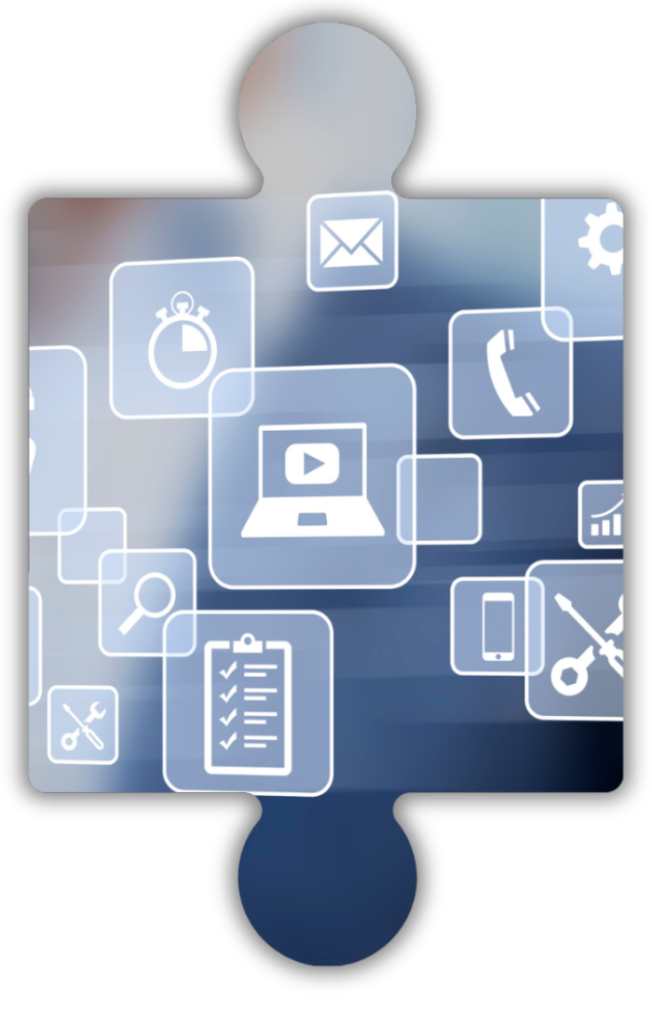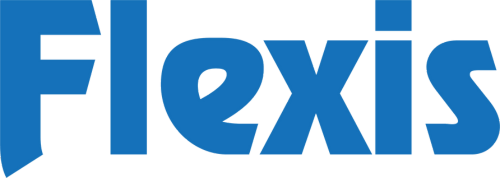
Exploring Outsourced MSP Helpdesk Business Models
Managed Service Providers (MSPs) play a crucial role in providing IT support and helpdesk services to their customers. For most MSPs, helpdesk is not the most strategic or high margin service and yet supporting end users is a direct touch point with the end customer. You need a partner who can help you deliver the service with competence and professionalism.
When it comes to partnering with a company to assist with helpdesk operations, MSPs have several business models to choose from, each with its own set of benefits and considerations. In this blog post, we’ll explore three popular outsourced MSP helpdesk business models: the user model, the incident model and the dedicated model, comparing their benefits to help you make an informed decision for your business.
1. User Model (Unlimited Tickets)
Benefits:
- Aligns With MSP Per-Seat Model: Many MSPs charge their customers a per-seat fee and roll in a variety of services (e.g. NOC patching, EDR SOC, Backup, Helpdesk, etc.); the user model helpdesk is aligned with this model and becomes part of the cost basis.
- Predictable Costs: With a flat-rate pricing structure, MSPs can budget more effectively without worrying about fluctuating support costs based on ticket volume.
- Focus on Customer Satisfaction: Unlimited ticket support encourages clients to reach out for assistance whenever needed, promoting a positive customer experience and fostering client satisfaction.
- Scalability: Clients can scale their operations without worrying about additional support costs, making this model suitable for rapidly growing businesses.
Considerations:
- Risk of Abuse: Unlimited ticket support may lead to abuse by clients who overuse support services for trivial issues, potentially straining resources and impacting service quality.
- Overall Expense: As the user count scales to hundreds or thousands of users, the user model can become cost prohibitive and you may want to consider the incident or dedicated model instead.

2. Incident Model (Spread Over Multiple Customers):
Benefits:
- Scaling: MSPs with internal helpdesk engineers find this model particularly useful because they can leverage a bucket of incidents across a pool of customers and then quickly ramp the number of incidents when necessary (e.g. if one of their internal staff goes on vacation, quits, gets fired, etc).
- Cost-Effective: MSPs only pay for the support they use, making this model cost-effective for businesses with fluctuating support needs or limited budgets.
- Diverse Skillsets: MSPs can leverage a diverse team of engineers with different skillsets to address a wide range of technical issues efficiently.
Considerations:
- Potential Bottlenecks: MSPs must ensure they have adequate staffing and processes in place to handle spikes in support requests and prevent bottlenecks during peak periods.
- Client Prioritization: MSPs may need to prioritize support requests based on severity and impact, potentially leaving some clients waiting longer for assistance during busy periods.

3. Dedicated Model (Staffing Dedicated Engineer(s)):
Benefits:
- Personalized Support: Clients have access to a dedicated engineer who is familiar with their environment, needs, and preferences, providing a personalized and proactive support experience.
- Deep Understanding: Dedicated engineers develop a deep understanding of their clients’ systems, allowing them to anticipate issues, provide tailored solutions, and optimize performance.
- High Client Satisfaction: The personalized attention and expertise provided by dedicated engineers often result in higher client satisfaction and loyalty.
Considerations:
- Resource Allocation: MSPs must ensure they have sufficient staff and expertise to support each client’s needs effectively, which may require hiring and training dedicated engineers.
- Scalability: Scaling the dedicated model can be challenging because you need to time the expansion of your team with the increase in tickets. Failure to scale efficiently can result in extra expense or overburdened staff.
Conclusion:
Choosing the right helpdesk business model when partnering for service delivery depends on factors such as client needs, budget, scalability, and resource availability. Whether you opt for the user model, incident model, or dedicated model, each offers unique benefits and considerations. By carefully evaluating your business requirements and client preferences, you can select the model that best aligns with your goals and objectives, ensuring optimal support delivery and client satisfaction in the long run.

